 As someone who got into the kung fu movie scene during the late 90’s, there’s always been a part of me which feels envious of those who got to experience the movies from the 70’s and 80’s golden era first hand, be it in a grindhouse cinema, or on an overly priced VHS tape. The sense of mystery, that came with movie watching back then, had essentially dissipated by the time the internet era was in full flow, as a wealth of websites and forums ensured you’d go into a movie most likely knowing a whole lot more than you wanted to, intentional or not.
As someone who got into the kung fu movie scene during the late 90’s, there’s always been a part of me which feels envious of those who got to experience the movies from the 70’s and 80’s golden era first hand, be it in a grindhouse cinema, or on an overly priced VHS tape. The sense of mystery, that came with movie watching back then, had essentially dissipated by the time the internet era was in full flow, as a wealth of websites and forums ensured you’d go into a movie most likely knowing a whole lot more than you wanted to, intentional or not.
The age of the internet of course also brought along with it a platform for anyone and everyone to voice their opinion, and when it comes to movies of any genre, there’s never a shortage of cynics. Looking at some of the comments that get posted when an upcoming movies trailer gets posted for the first time, or news of the cast and crew involved is announced, is sometimes the equivalent of throwing a piece of meat to a flock of hungry vultures.
The internet produced a culture in which even before movies are released, opinions have already been formed and conclusions already drawn, often with very little value given to if the voices behind the opinions have even seen the full movie or not. More often than not, the most active discussions revolve around hacking a movie to pieces, and as a reviewer myself, I get it. It’s much easier to write about a movie that sucked than a movie that you thought was awesome.
However, in my opinion at least, such a culture has seen many movies released over the last 10 years get lambasted, that I’d consider to be bonafide action classics. Movies like Wu Xia, Ong Bak 2, and Merantau are all perfect examples of the martial arts genre done well, however each have also had terms such as boring, derogatory, and incoherent levelled against them more than once.
So that got me thinking. What kind of discussion would it be likely to generate, if the internet had been around when the movies that we consider untouchable classics first got released? Of course there’d be fans out there who believe they’re witnessing greatness from the moment they saw the trailer, but as I mentioned earlier, saying a movie looks great is easy. So instead, I decided to focus on what kind of comments the movies would bring from the inescapable naysayers.
The below is entirely tongue in cheek, and only meant as some harmless fun. Let’s not just stop at the movies listed though, if you have your own, feel free to contribute in the comments section!
Enter the Dragon (1973)
Comment taken from the ‘Bruce Lee’s Hollywood Debut!’ thread.
“I understand Bruce Lee wants to break Hollywood, but really, is it necessary for him to share top billing with a low budget TV actor like John Saxon, and Jim Kelly, a guy with just a single movie credit to his name? As for the villain of the piece, as much as I respect Shek Kin, he’s not an ideal match for Lee’s fighting style. I don’t have high hopes for this one, and imagine a couple of years after its release it’ll have already been forgotten. If Lee is going to stay in Hollywood, then I’ll stick with Jimmy Wang Yu.”
https://www.youtube.com/watch?v=rzUkMU_cciQ
Master of the Flying Guillotine (1976)
Comment taken from the ‘Jimmy Wang Yu’s Next One Armed Adventure’ thread.
“You know kung fu cinema is on its last legs when a fake weapon becomes popular, and it doesn’t get much lamer than this. To make things even worse, Wang Yu continues to recycle his one armed swordsman, boxer, cleaner, whatever it is he’ll come up with next. & just to ensure everything is politically correct, his adversary here is blind. When did kung fu become all about the gimmicks? Give me Wang Yu beating up vampire toothed Japanese, that’s what it’s all about, and I don’t see much of that here. Next.”
Drunken Master (1978)
Comment taken from the ‘HK now Rebooting Movies in the Same Year That They’re Made!?’ thread.
“It seems that the same team who made Snake in the Eagles Shadow earlier in the year are getting together again for Drunken Master. Again Jackie Chan will face off against Hwang Jang Lee, again under the direction of Yuen Woo Ping. Am I missing something here? Isn’t this exactly the same as Snake in the Eagles Shadow, even down to the types of character they’ll be playing? If movies are now getting rebooted just months after the original, then this is a serious concern. Hopefully both Jackie Chan and Hwang Jang Lee don’t get typecast after this double whammy of recycled kung foolery.”
Encounters of the Spooky Kind (1980)
Comment taken from the ‘Next Movie from the director of ‘The Victim’!’ thread.
“Not sure what exactly Sammo Hung is trying to achieve here. Hopping vampires, battling magicians, and what looks to be a lot of comedy. Isn’t a pure kung fu flick enough of a reason to have such a group of talented martial artists in the same movie together anymore!? I still think Sammo is capable of greatness, but judging by the trailer it looks like I’ll be waiting for this one to hit Netflix.”
The Prodigal Son (1981)
Comment taken from the ‘Star of ‘Knockabout’ returns in Second Lead Role’ thread.
“According to sources, it seems that this will be Sammo Hung’s second Wing Chun themed movie after Warriors Two a few years earlier. Apparently the lead role will be going to Yuen Biao, a stuntman who’s doubled extensively for anyone and everyone, and was also the lead in Knockabout. Not sure if he’s leading man material yet, but I’m willing to give him a chance. The major red flag with this production is composer Frankie Chan being cast as the villain, I mean, a composer!? What’s next, will we start seeing Hong Kong pop-stars being cast in kung fu movies as well!?”
Ninja in the Dragon’s Den (1982)
Comment taken from the ‘Has Jackie Chan been Cloned?’ thread.
“Not satisfied with giving us inferior lookalikes of Bruce Lee, it seems that the kung fu movie world now wants to give us a lookalike of Jackie Chan, with the debut of Conan Lee who’ll be starring in Ninja in the Dragon’s Den. Whereas Jackie Chan has been described as the clown prince of kung fu, Lee looks like to be more of an actual clown, as it appears there’ll be a fight scene performed on stilts. If I want to see guys prancing about on stilts, I’ll go to a circus thanks. Sad to say but Corey Yuen is losing his touch. Conan Lee even faces off against Hwang Jang Lee, just as Jackie Chan did. Is some originality really that hard to ask for? This is one title I’ll be skipping.”
https://www.youtube.com/watch?v=HZxLgwq610I
Police Story (1985)
Comment taken from the ‘The Fearless Hyena Returns to Hong Kong’ thread.
“It pains me to see Jackie Chan selling out so early on in his career, seems like his time in America has knocked the kung fu bug out of him. Sliding down a shopping mall pole? Driving a car through a bunch of sheds on a hill? Give me a break, and since when does glass being smashed reflect the impact of a punch or kick? Sorry but no one is fooled by this one, Chan needs to call Lo Wei and beg for forgiveness, then maybe we can get back to some real kung fu goodness.”
So in summary, we should all be thankful that the internet wasn’t around when the movies that we now consider classics were originally released!

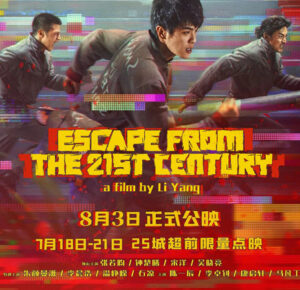
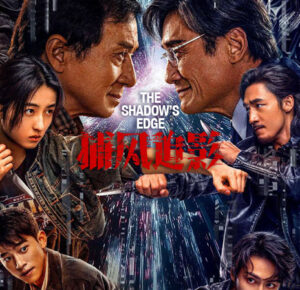
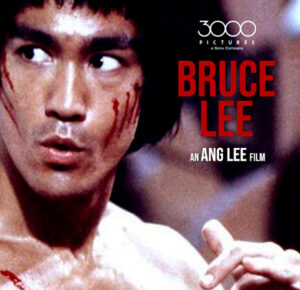
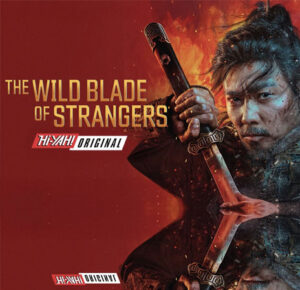
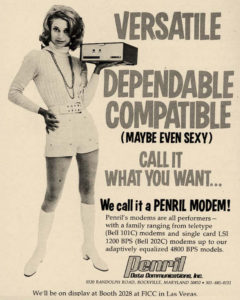


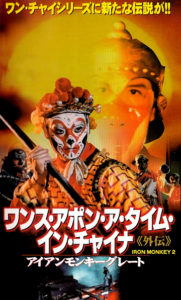
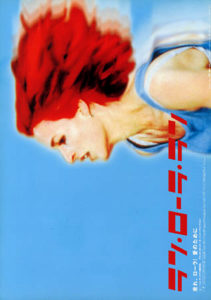
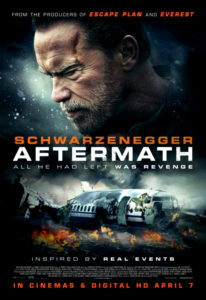
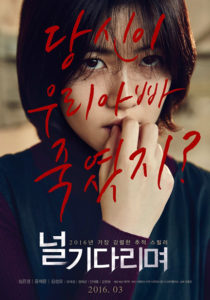

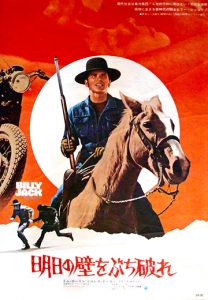
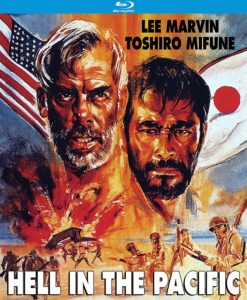
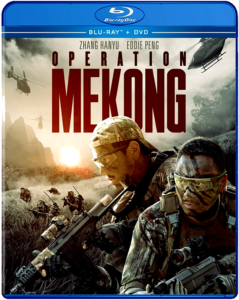
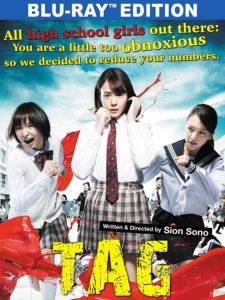
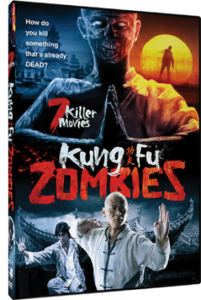
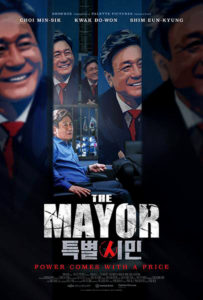
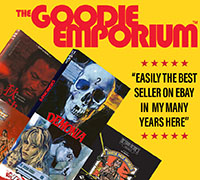
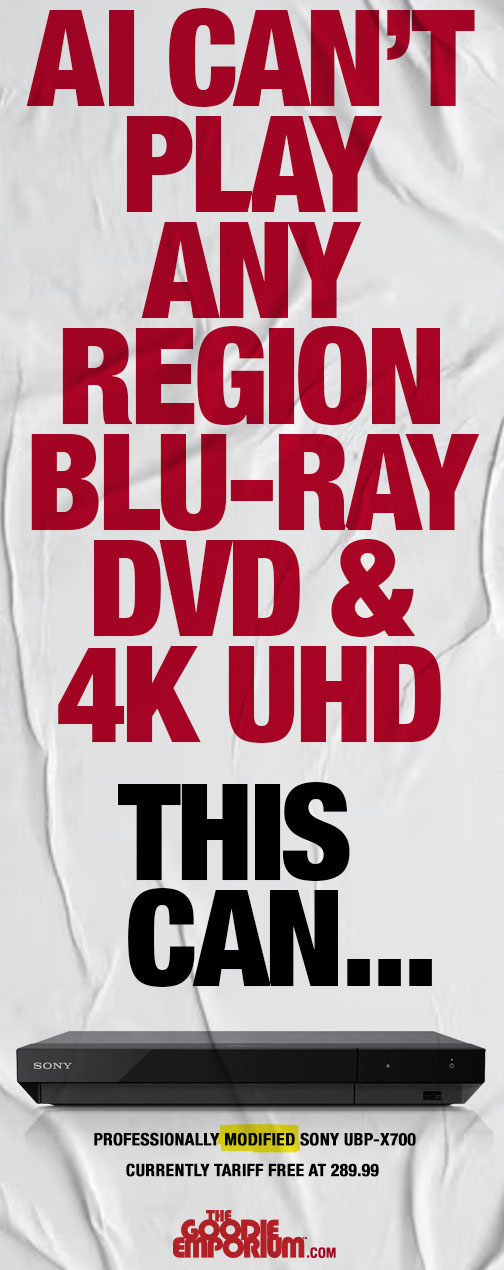
12 Comments